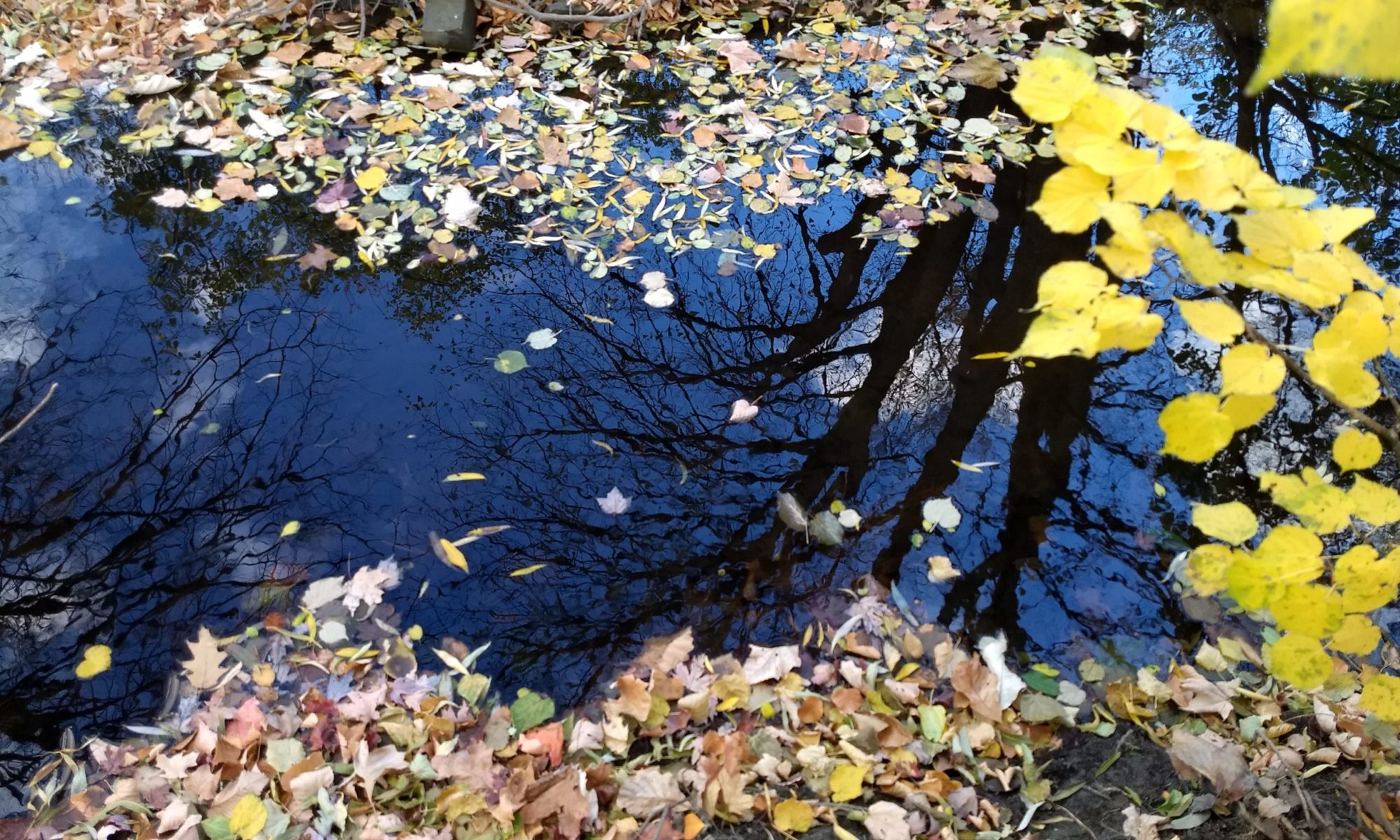I woke up to the sound of pots and pans clunking together in the kitchen. Snuggling under the covers, I remembered that my grandparents had arrived at our house the day before. They had made the trek from Des Moines to Chicago in their huge boat of a car, a thermos of weak coffee and a coffee can full of crunchy cookies to keep them going.
In the morning, Grandma would wake up early. She would move around the kitchen to find a pan to heat up her wonderful homemade sweet rolls. Soon after I woke up, the aroma of cinnamon would waft up to my room. Grandma knew those rolls would lure all four of her grandchildren into the kitchen. And into the kitchen we came to devour those sweet rolls for breakfast. The bottom of the rolls would be crispy sweet, sugar and cinnamon melted together. A thin layer of icing sweetened the top of the rolls. Mmmm…there was no better breakfast than those sweet rolls!
A few years ago, Grandma sent me the recipe to her sweet rolls. She wrote that making them was more than just following a recipe — rather, it “was a process.” She made her rolls for us into her 90’s. While we would turn down weak and watery coffee she made, we never turned down a chance to eat her sweet rolls.
One of these days I’ll try the process of making sweet rolls so that the smell of cinnamon will fill the house. The next morning, I’ll wake up my children by clunking some pots and pans together, so that they will blearily wander into the kitchen to have a taste of time gone by.
What are some of your favorite childhood sounds?








